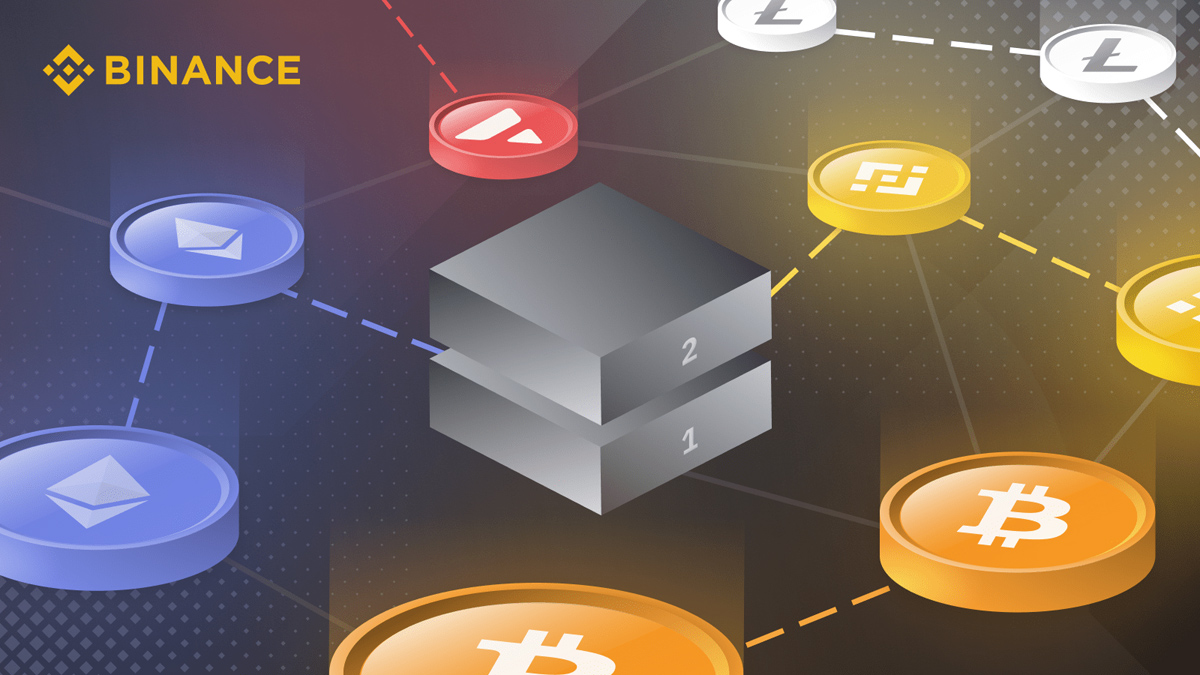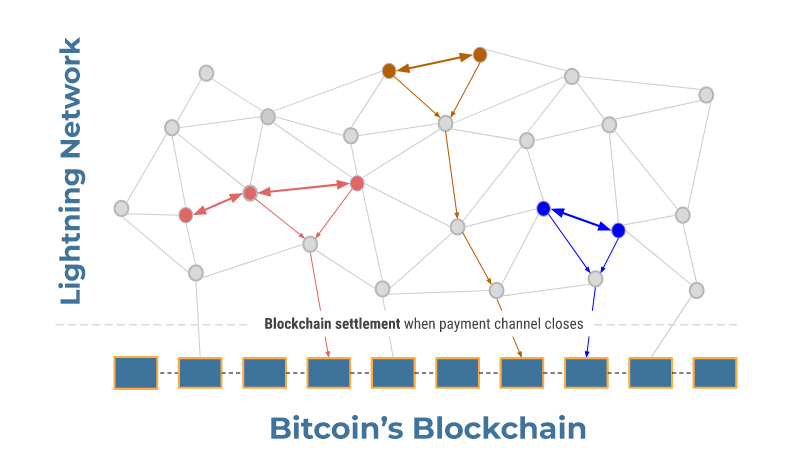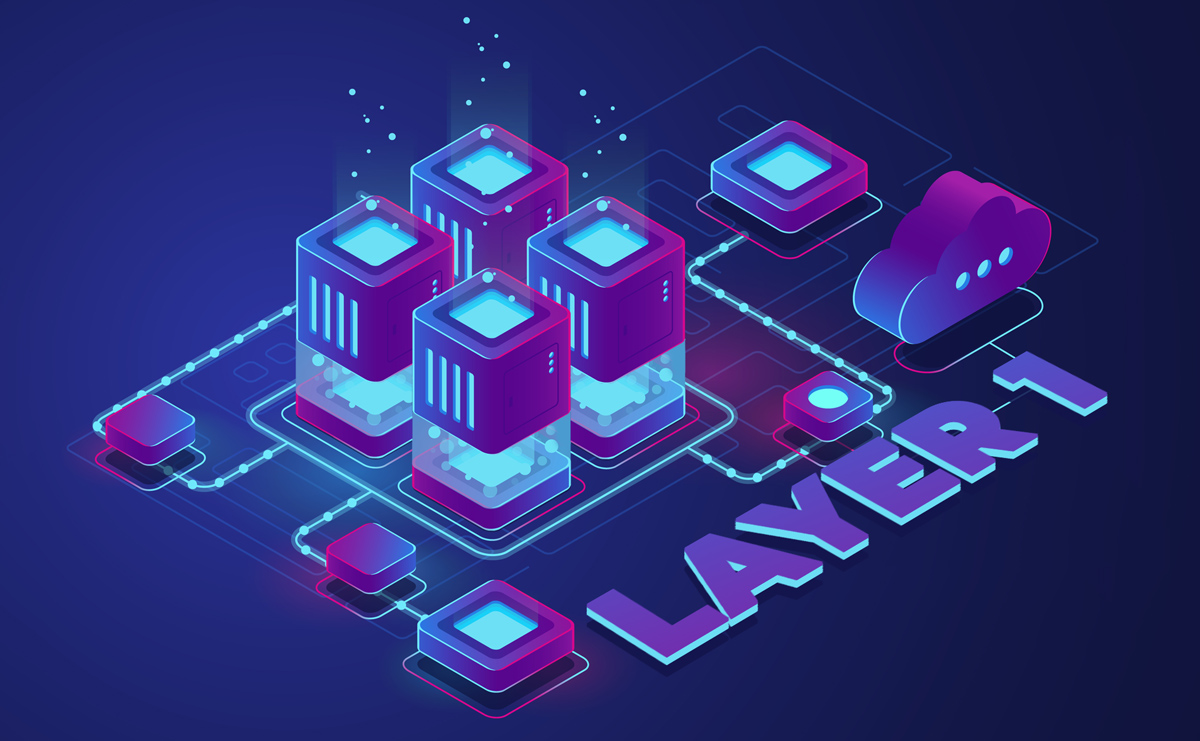Terms like ‘layer 1’ and ‘layer 2’ help us learn about the structure and architecture of blockchain networks, projects, and different development tools. We can better understand networks and parachutes by learning the different blockchain layers.
The Layer 1 network is another base (primary) blockchain name. Smart chains of Binance, Ethereum, Bitcoin, and Solana are familiar examples of Layer 1 protocols. Because these blockchains are the core network of their ecosystems, they are called Layer 1 blockchains.
In contrast, we have Off-chains and Layer 2 solutions rebuilt on the base of other core networks. We have a Layer 1 protocol when it processes and finalizes transactions on its blockchain network through protocols with its native tokens to pay transaction fees.
Layer 1 Scalability
One of the most common problems with Layer 1 blockchains is their low scalability. As demands increases on a blockchain network, processing transactions might be challenging on big and popular blockchain networks like Bitcoin. The Bitcoin network works based on the Proof of Work “PoW” mechanism that requires a lot of computational powers and resources.
The “PoW” mechanism ensures security and decentralization of the network. When the volume of transactions increases, the speed of “PoW” networks decreases when the transaction approval time increases and transaction fees increase, too.

Popular Layer 1 Tokens – Source Binance
Blockchain developers have been working on scalable solutions for years, but there is still much debate about the best alternative.
We mention some of the Layer 1 scalability solutions below:
- To increase the size of the block to increase the number of transactions processed per block.
- To change the Proof of Work mechanism, like what we witnessed in the Ethereum blockchain network.
- And finally, Sharding. Sharding is a new approach to partitioning a database.
What is Layer 1 Shading?
Sharding is a Layer 1 solution to improve the network’s throughput. Indeed, Sharding is a type of database partitioning applied to distributed blockchain headquarters. In this method, the network and the relevant nodes are divided into different Shards to divide the workload to increase the speed of transactions.
To Survey Differences between “L1” and “L2” blockchain Networks!
Sometimes, changes in blockchain networks can help development teams to improve the performance of the project blockchain network, but please note that this is not the medicine that always works.
Because of technological limitations, it is extremely difficult or impossible to make some changes to the layer one blockchain network. A good example is the Ethereum Network and the update. The Ethereum developing team has been working on modifying its Proof of Stake mechanism for several years, and still, they did not achieve the appropriate result.
Not all solutions possibly are applied in the Layer 1 blockchain, and it is because of scalability issues. Blockchain games or Play to Earn cannot use the bitcoin network because of the long-time transactions take to perform. However, a game may want to take advantage of the security and decentralization of the Layer 1 network. The best option is to develop this game on a network platform with a Layer 2 solution, which has had the necessary changes to adapt the game.

Lightning Network
Layer 2 solutions are also built on a Layer 1 blockchain platform and rely on a Layer 1 network to finalize their transactions. An excellent example of these Layer 2 changes is the Lightning Network. Processing a single Transaction on the Bitcoin blockchain takes several hours, and it is because the network’s traffic is very high.
With Lightning Network, users can make their Bitcoin payments more quickly outside the main chain, and the main chain records their final balance later. As a result, all transactions are summarized in a final report to save time and resources.
Conclusion
Today, there are a lot of Layer 1 blockchain networks and so many Layer 2 protocols in the cryptocurrency ecosystems. At first sight, users may be a little confused when they see these terms. But once they understand the meaning of these terms, it will be easier to understand the structure and the architecture of networks and blockchains.
In this article, we have tried to state the questions and get closer to the answers step by step together. Now we have a general view of what a Layer 1 blockchain is, how it works, and how Layer 2 occurs on the main network to increase the capacity and abilities of the Layer 1 blockchain network.
